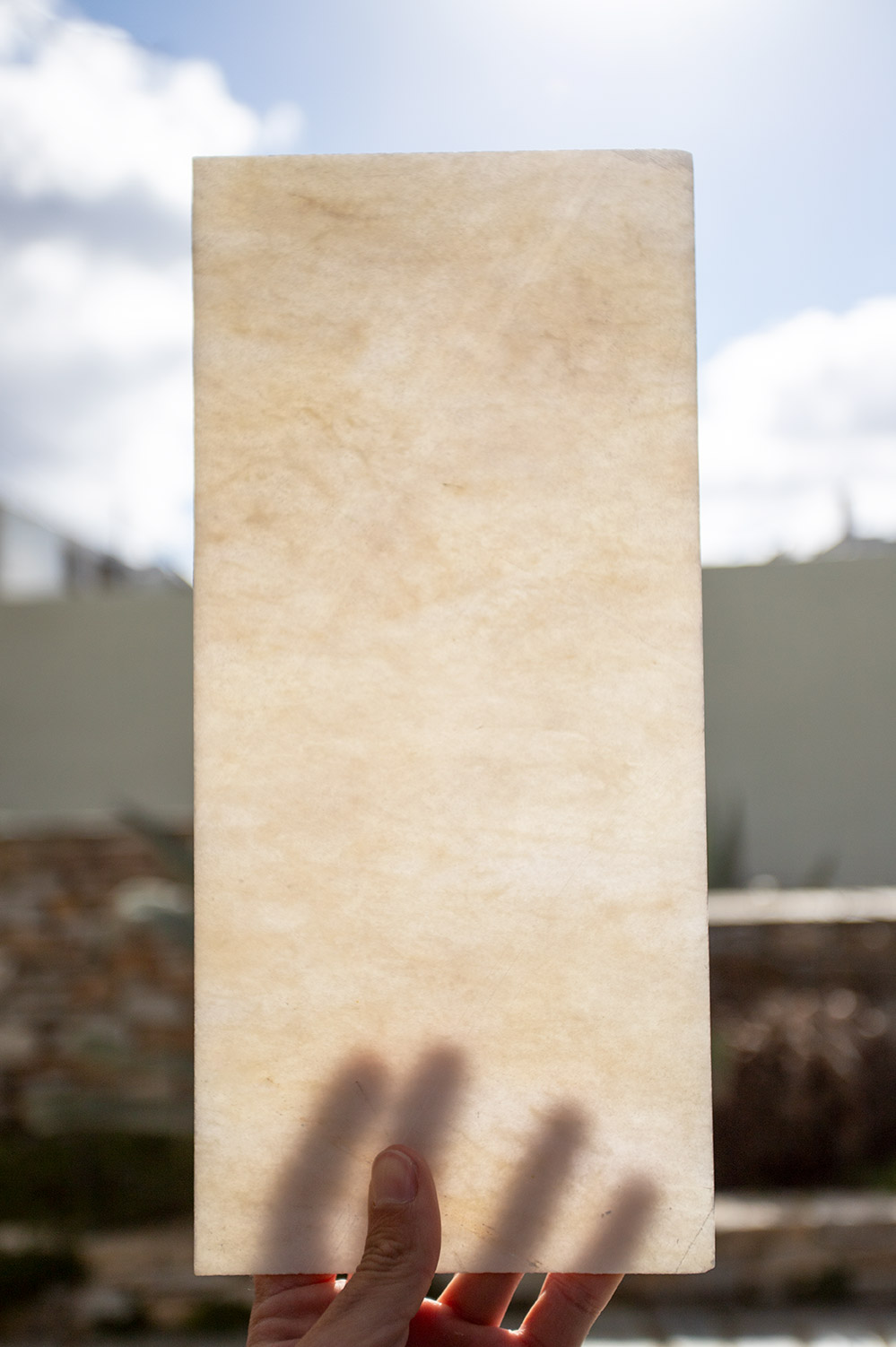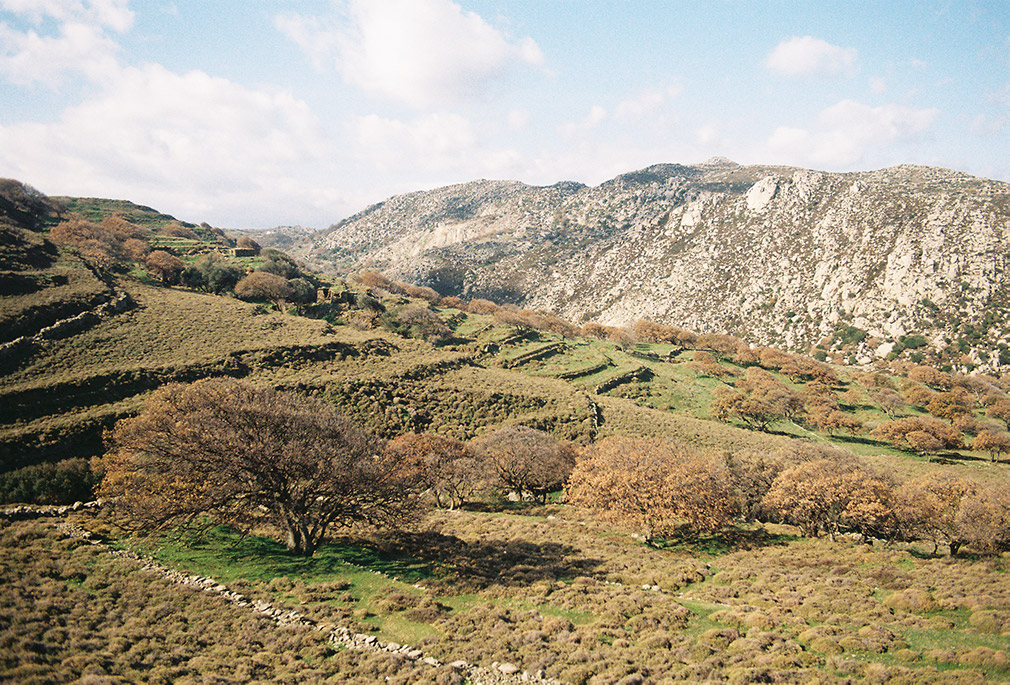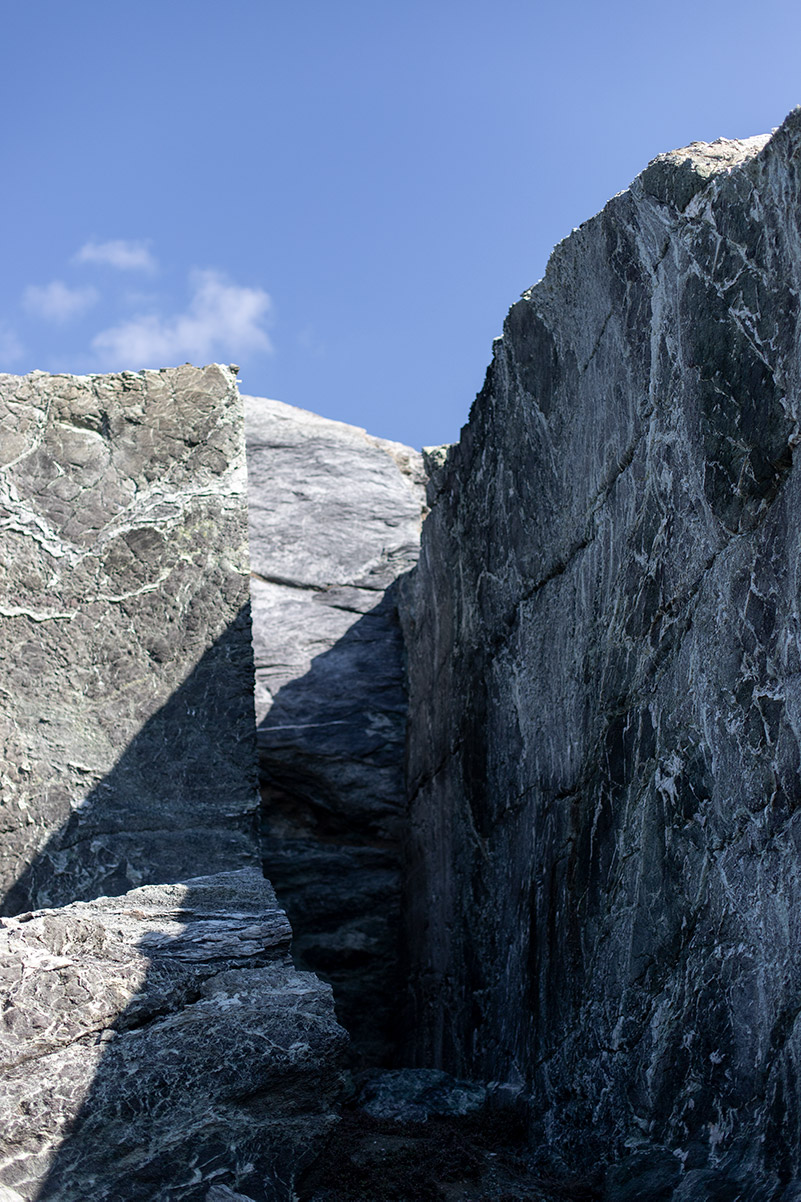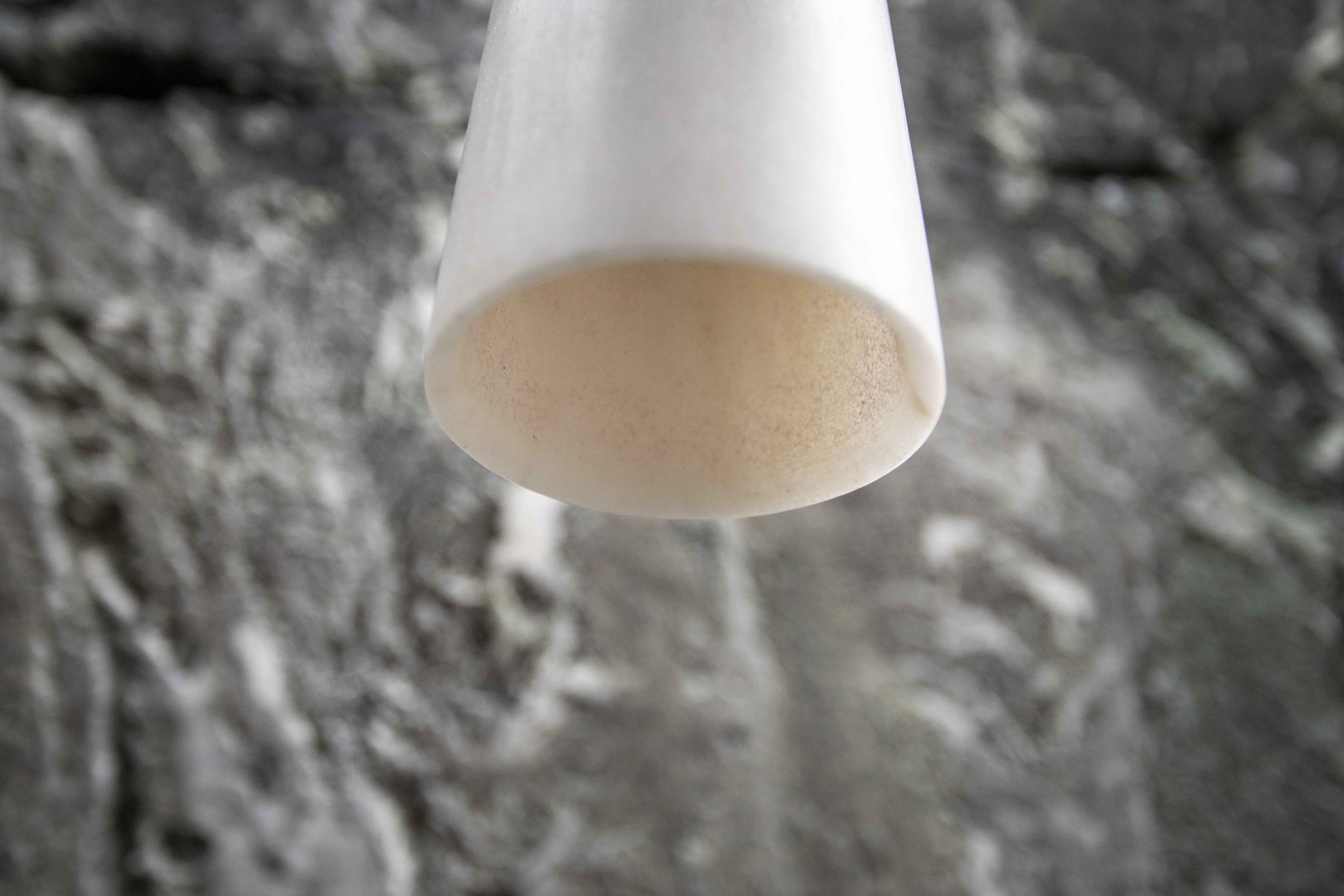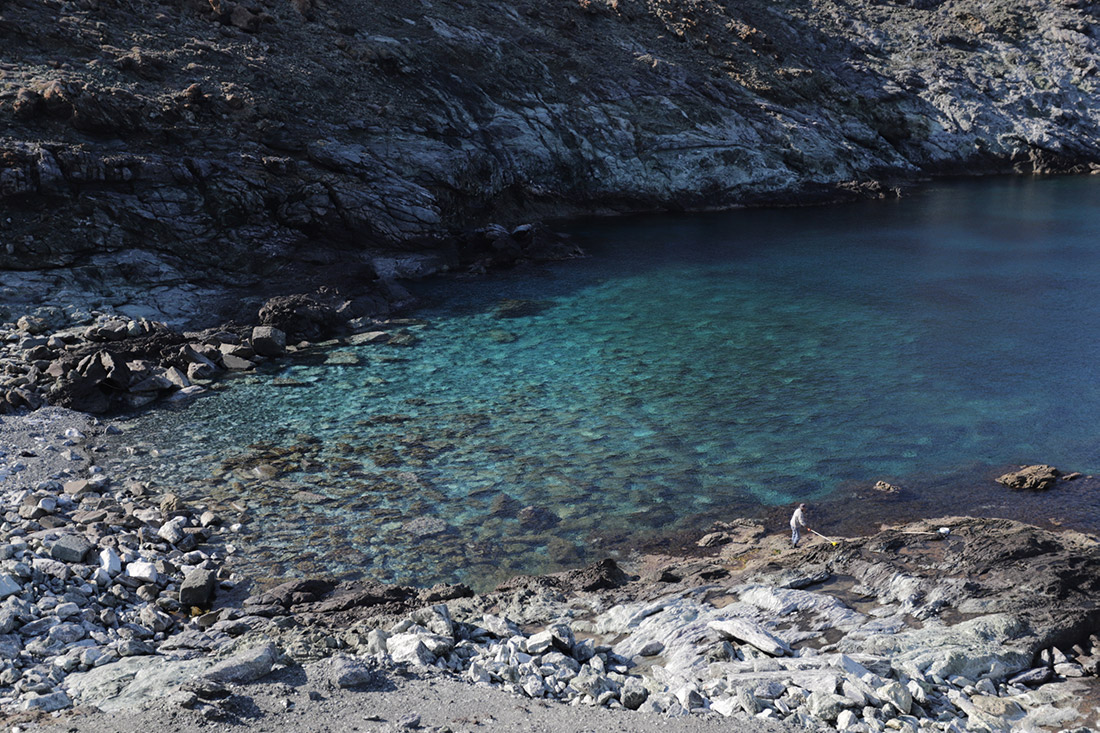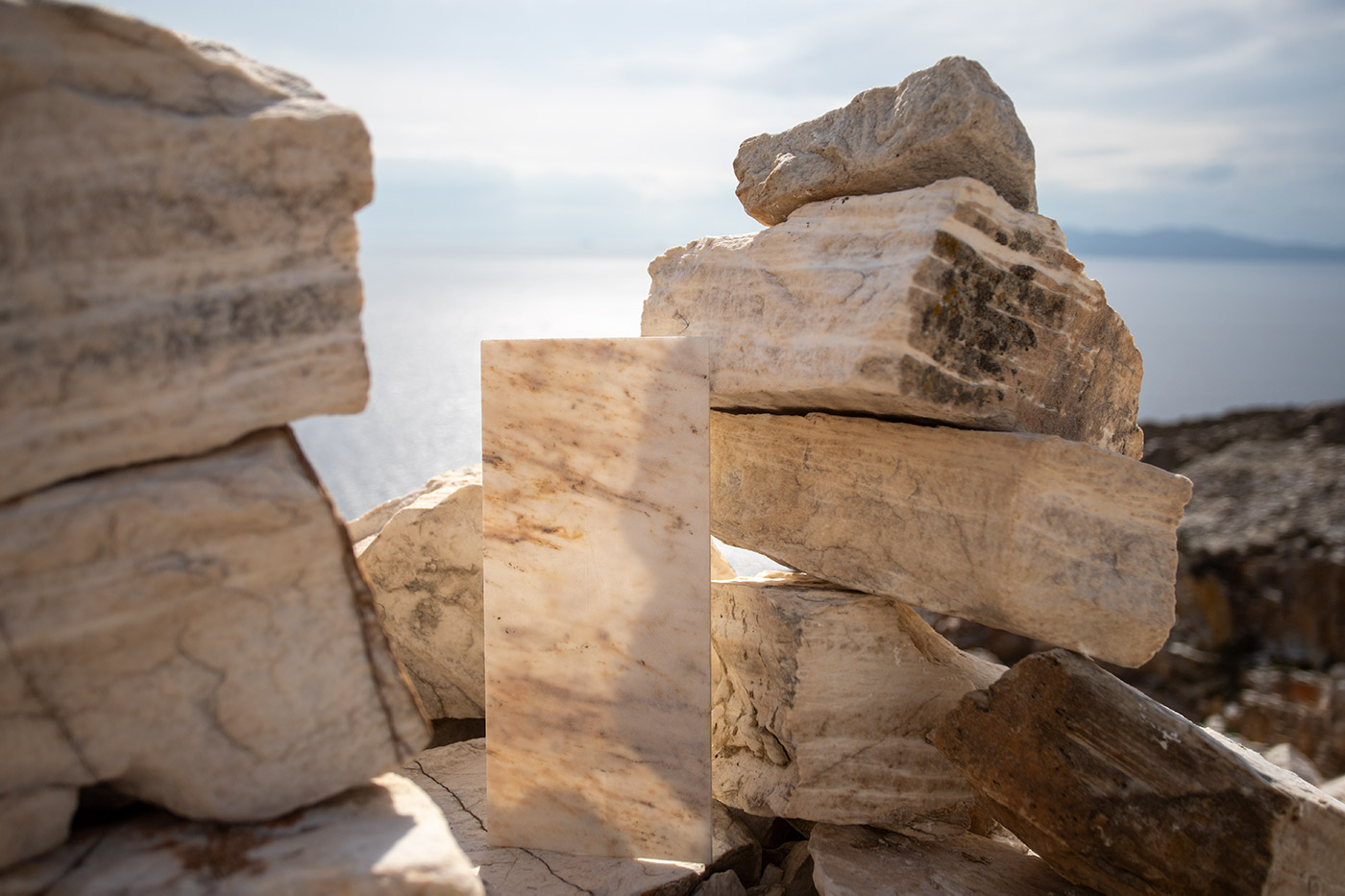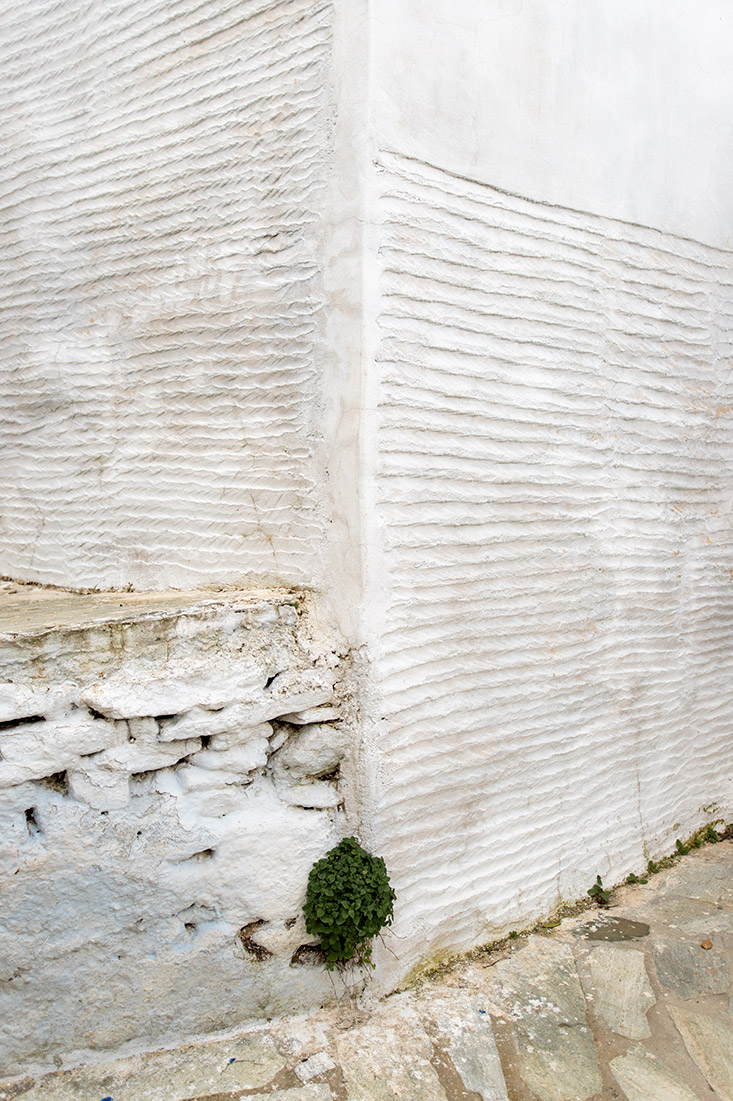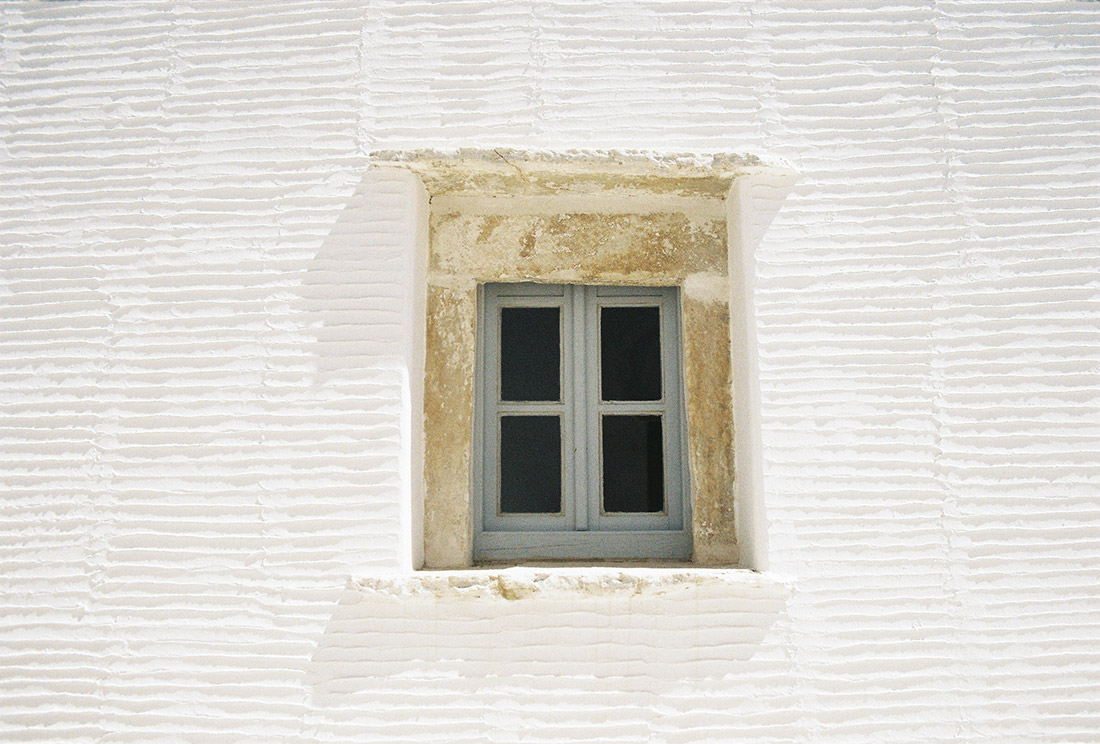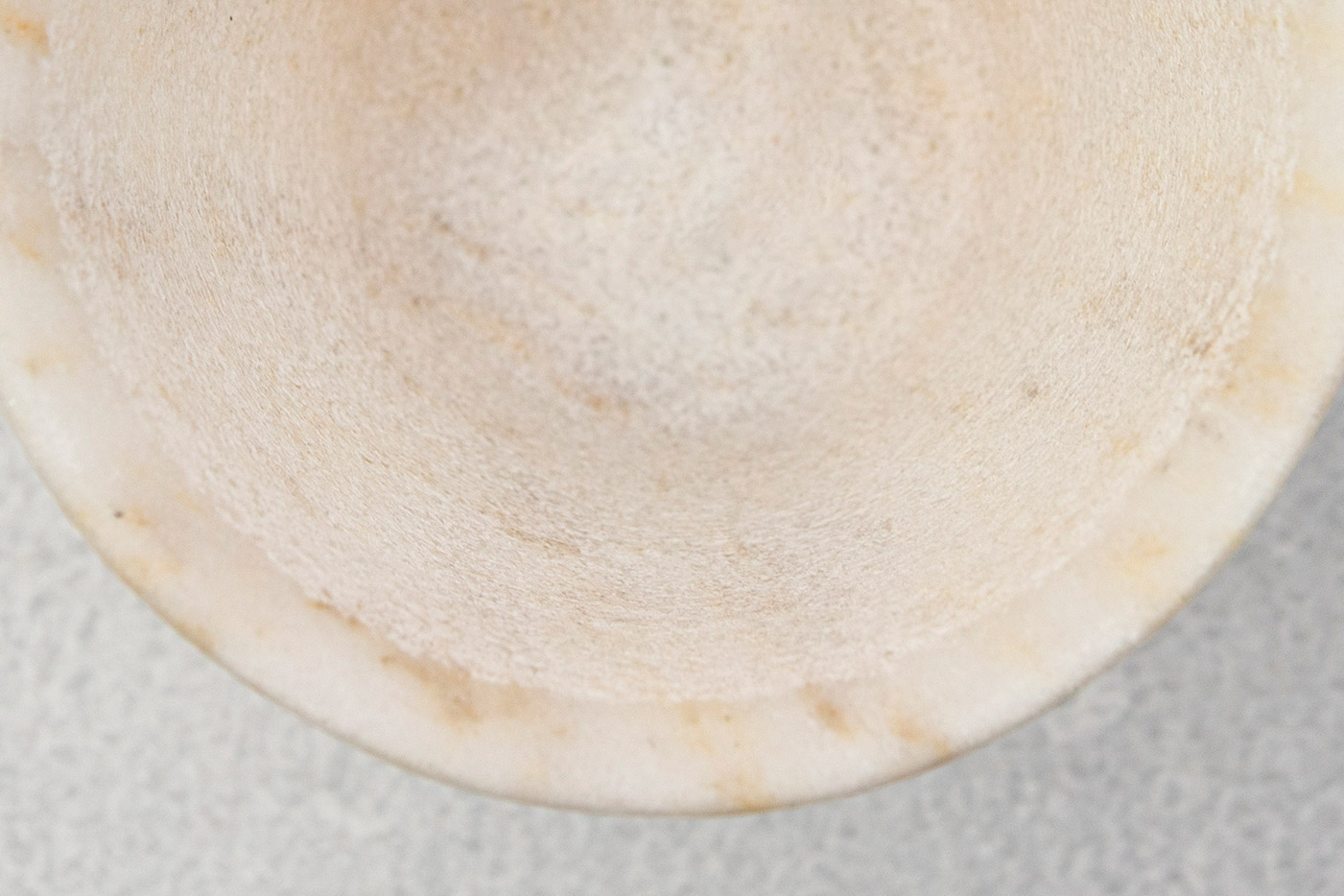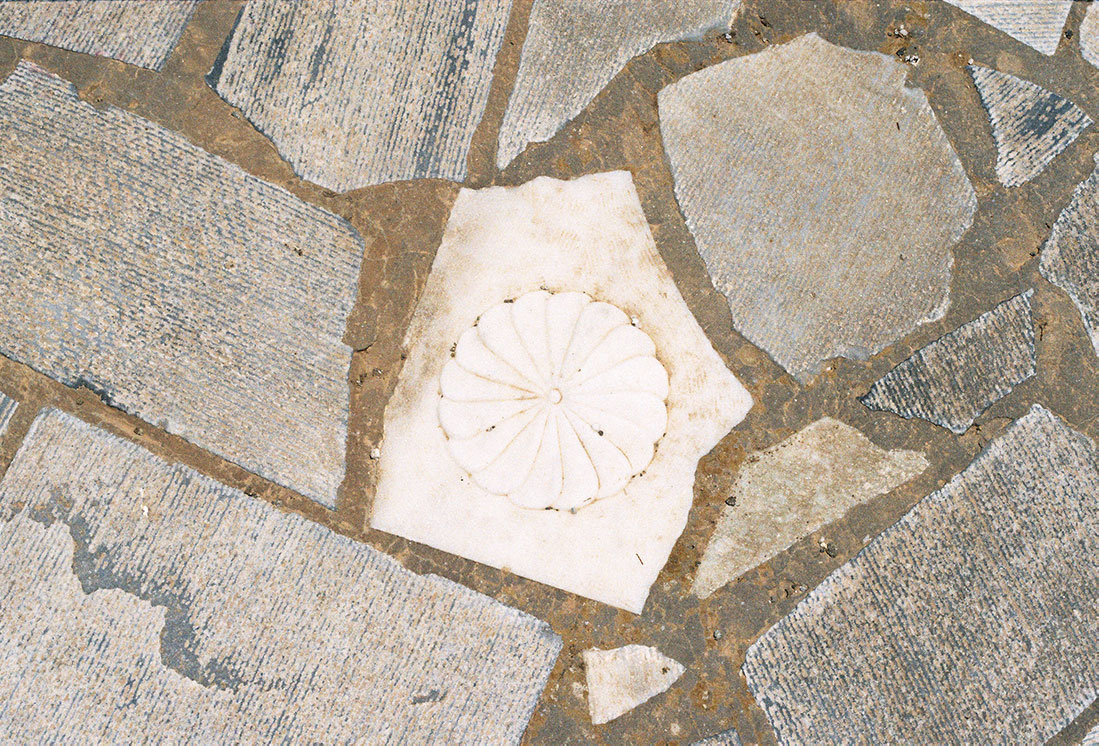Tinos

Tinos
Tinos, 07.02.2022"In winter, Tinos is inhabited by the silence that speaks to the island in the clouds, in the wind, in the cataphracted sea of ripples and in the mountains bare of leaves. As the sun rises, in victory with the clouds, the light reveals the dry colour of the stone that forms valleys, peaks and inlets to protect the intimacy of the bays. Among the piles of pebbles, exposed half to the light and half to the shade, I try to tune my breath to that of the island."
Tinos, a Cycladic island in the heart of the Aegean, is marked by a historical trajectory of marble extraction and craftsmanship. Dating back at least to the 14th century AD, it was influenced by Byzantine art and fully flourished during the late Venetian Rule in the 17th century. Its legacy involves apprenticeship and is deeply rooted in folk culture.
The mountainous landscape of Tinos resembles a beautiful musical score punctuated by the repetition of dry stone walls. Precise, concise, powerful, and measured, takes you to the feeling of the sublime, yet all with the maximum economy of means possible. Traveling across the island, one feels the subtle balance created by the ancient Tinians over the centuries with nature, transforming it from uninhabitable to a dimension that ensures life in symbiosis and harmony with it. An economy of survival based on a fragile equilibrium with nature.
Amidst the multitude of villages clinging to the mountains and valleys, one encounters various workshops for processing the marble quarried on the island and neighbouring islands. The selected atelier, chosen for the sensitivity of its work and the empathy of human exchange, operates in a balance between traditional knowledge and contemporary basic technology. Nikos and Manolis have been trained at the island's marble school and for years have cultivated their knowledge in both house construction and crafts. Over 45 days, working together, exchanging knowledge and intentions while creating prototypes, plaster studies, and hand drawings.
μαρμαίρω
The word "marble" comes from the ancient Greek μάρμαρον (mármaron) or μάρμαρος (mármaros), meaning "shining stone," which derives from the verb μαρμαίρω (marmàirō), meaning "to shine, to sparkle."
“The lights are studies of transparencies to release the light enclosed in marble.
To question its mass and weight.
In the dance of shadow and light upon the stone’s surface.
A union of solidity and ethereal glow.
Carved half in stone and half in light.”
